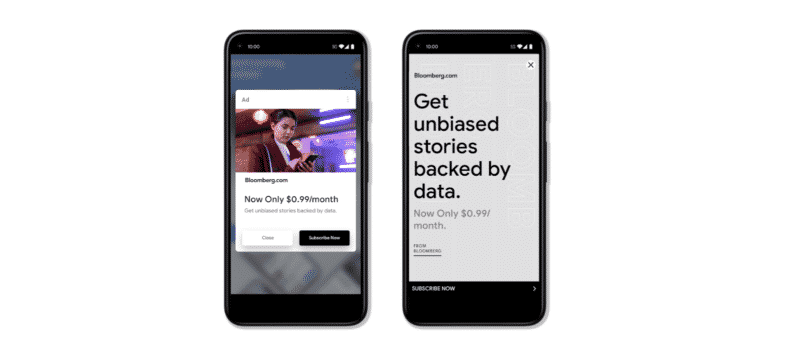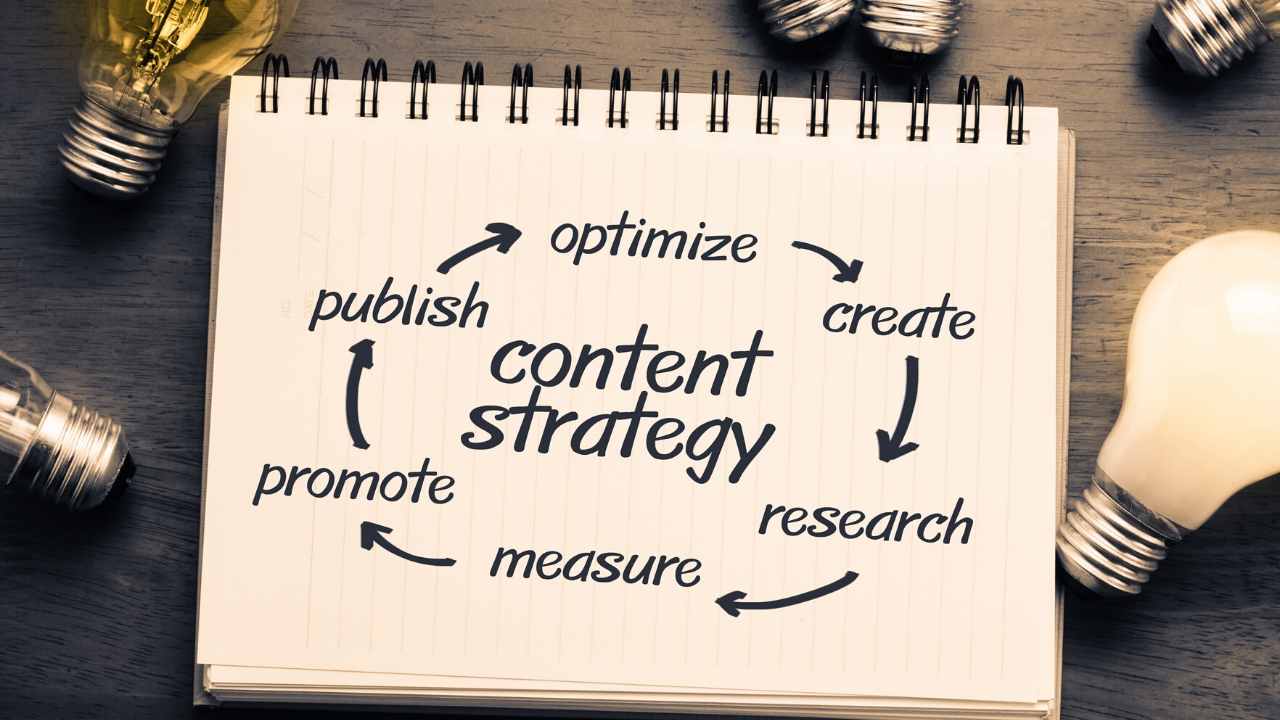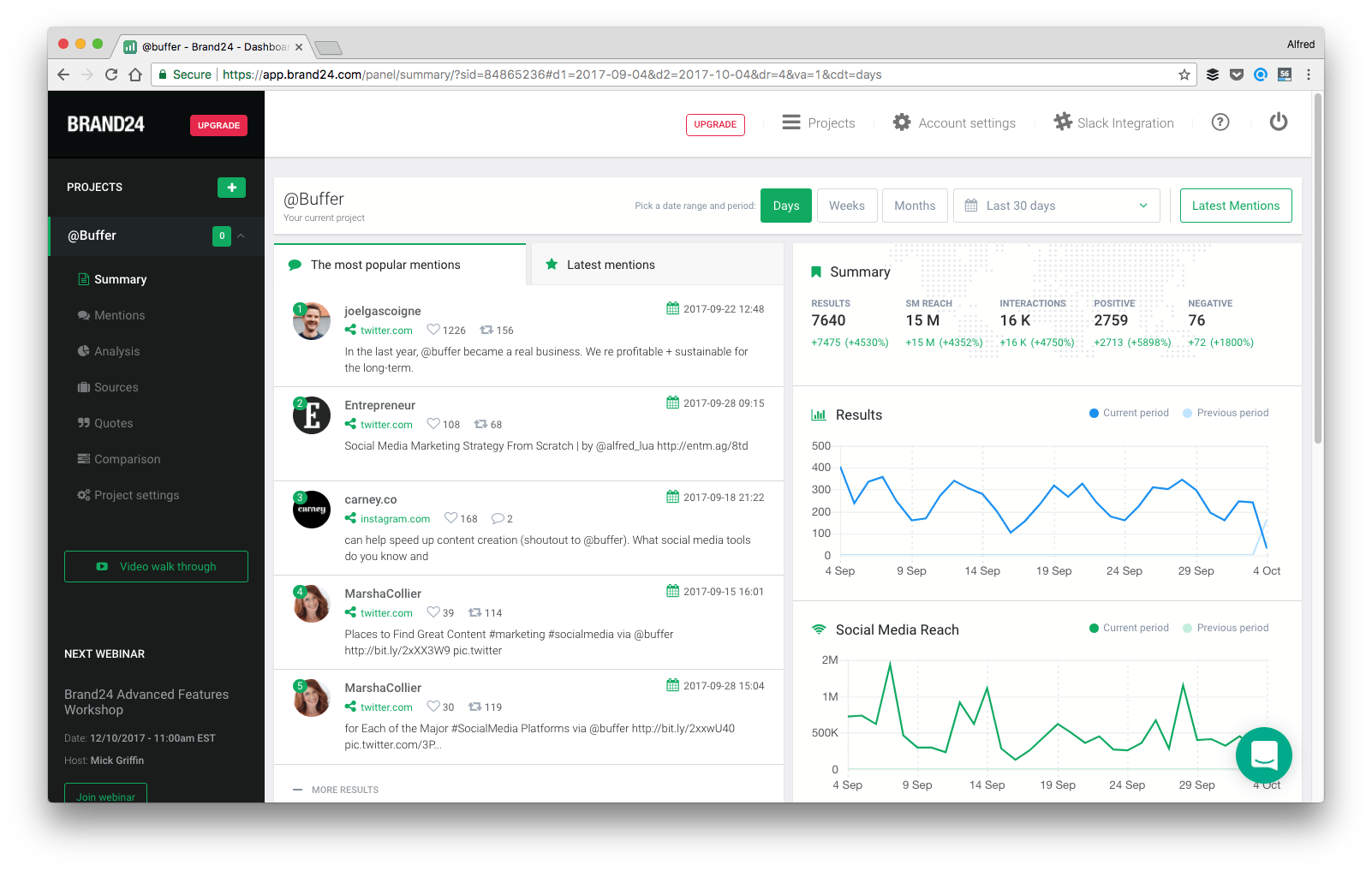
A great example of social-media metrics is the ratio of the number of comments per social post to the number of followers. You're doing something right if you have 150 followers and 15 comments for each post. The conversation rate will be lower if you have only 15 followers. It is common to receive 15 comments per post if you have 1000 followers. Hootsuite Analytics allows you to track the number of conversations.
Impressions
How do you make an impact on your followers' perceptions of you? Perhaps you have read articles on how to present yourself positively on social media, or created a striking header or logo. But impressions on social media go beyond a catchy logo or a happy smiling face. You must be authentic and true to your values to build trust. And this can be done without using gimmicky tricks.

Reach
You can measure the effectiveness of your social media campaigns in two ways: engagement and reach. Reach refers a number of unique people that your content reached. Engagement measures the number times your content was viewed. Engaged is the more important metric. It shows how engaged your audience has become with your content. It is easy to find out how many people have viewed your post and what their engagement levels are by looking at the numbers. Here are some tips to help you measure your reach, engagement, and other metrics.
NPS
NPS can be useful for measuring the overall effectiveness of a business's marketing campaigns, but it can also cause delay in your analysis up to weeks. It can be useful alone, but it is more useful when combined together with other, more complete customer data. Talkwalker, for example, provides social data analysis and reporting that combines business data, impact metrics and KPIs into one source of truth. Talkwalker provides free demos to give you a better understanding of what you need to know.
Conversion rate
While it is not impossible to have a high rate of conversion on social media, there are several ways you can achieve this. First, you need to identify your audience. It is not a good idea to try to attract many followers but few convert. It is important to focus on the pain points of your target audience and offer practical solutions. For example, you might write posts about the advantages of your products.

Potential reach
Public engagement efforts require an understanding of the reach of social media. Nearly seventy percent use Facebook and YouTube. 74 percent log into their accounts daily. Half of Facebook users log-in several times per week, while 10% of YouTube users follow at most one brand. There are also many variables in social media usage, such as gender, age and educational attainment. Social media, regardless of the niche of your brand, can be a powerful engagement tool when used well.
FAQ
Is content marketing simple to measure?
Yes! You can measure the results. It helps you determine whether your efforts were successful and whether you need to make changes.
You can track which visitors came from different sources (emails, social media, paid advertisements, etc.) and track conversions, such as sales leads and purchases.
These metrics tell you which parts of your content are performing well and where you have the greatest potential.
What are some common mistakes people make in starting a content-marketing program?
It is vital to have a plan when planning content marketing strategies. Without a solid plan all of your efforts will be wasted. If you don't know how to use the content or where it should go, you will create a lot of content.
A well-planned content marketing strategy gives direction, focus, goals, and helps you reach your objectives. It will help you keep track of everything as you move from one phase to the next. You might start with analyzing which types of posts are generating the highest engagement rates for social media campaigns. This will allow you to determine which types of posts will drive traffic to your website and which won't. This information will allow you to decide whether or not you want to make a series, blog articles, or videos.
Another mistake that people make is not considering how long their content marketing campaign will last. It makes sense to start writing content today if you plan on launching a website tomorrow. You might want to wait until your data is more complete if you've been working hard on a content strategy for six months before you publish new material.
It takes time and effort to create great content. Don't rush yourself or underestimate this step.
Consider yourself a business person who is interested in content marketing. We recommend you to read our guide, How to Create Content That Works. This guide includes ten steps to help ensure your content marketing programs are successful.
Why do I need to have a Content Marketing Strategy. Why not send out emails or share social media updates?
Two main reasons you may choose to ignore a Content Marketing Strategy.
-
You may think that social media posts or email marketing is enough to get people talking.
-
If you haven't tried email marketing or posting on social media, you might assume that this type of content isn't practical.
Both of these assumptions are wrong.
Email marketing and postings on social media can be great ways of communicating with prospects and customers. They're not enough on their own.
You can't rely on an email campaign to reach your goals. Instead, it needs to be part of a larger strategy. It won't be enough to just post on social media. They must be part of a comprehensive plan.
This is where a Content Marketing Strategy comes in. A Content Marketing Strategy is a plan that sets clear goals for each piece. This will allow you to manage the entire content creation process.
As a consequence, you will be able spend more time on other vital aspects of running your business, such as growing your customer base and increasing conversion rates.
Even though Content Marketing Strategy has many benefits, it doesn’t make it easy.
A strategy can make all the difference.
Statistics
- Companies that use content marketing see approximately 30% higher growth rates than businesses not using it. (mailchimp.com)
- In fact, would pay more for a better customer experience, and 86% of B2B buyers would pay more. (neilpatel.com)
- Forty-seven percent of buyers view 3 to 5 pieces of content before engaging with a sales representative. (mailchimp.com)
- An example of an overarching goal could be: "In 2022, we want to achieve a 20% increase in revenue created by organic content and generate 15,000 MQLs with a budget of $30,000." (semrush.com)
- Measure your goals with a progress indicator of 0-100%. Make your goals collaborative and transparent (semrush.com)
- This marketing strategy landed Ford a 15.4% conversion rate. (neilpatel.com)
- To further show the importance of this, 89% of people have stopped doing business with a company because of a poor experience. (neilpatel.com)
- Seventy-two percent business to business (B2B) (mailchimp.com)
External Links
How To
How do you get started in content market?
Content Marketing is an effective way for organizations to reach potential customers and generate leads online. This helps you reach potential clients by providing valuable information on products or services.
Content marketing builds trust with visitors which results in higher sales conversions and profit.
Create a blog to get you started. Blogs are user-friendly platforms that enable you to post new articles every day.
This allows people the opportunity to revisit your site often and read what you've written. For example, social media sites like Facebook or Twitter can be used to share relevant information and news with followers.
YouTube allows you to create videos. These videos can educate viewers on topics related to your business.
Finally, you can create infographics using tools like Canva. Infographics allow you to visualize data. They can be used to explain complex concepts and make it easier to absorb information.
Your chances of reaching new readers are greater if you post more often and consistently.